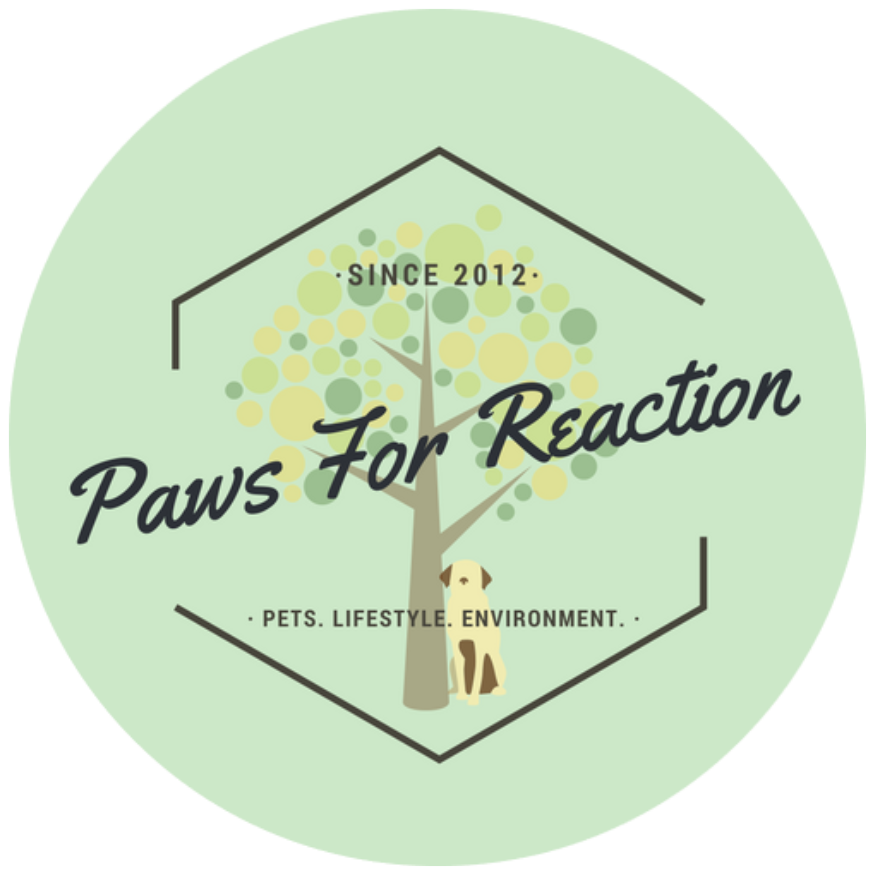
Mass graves found at Indian Residential Schools spark anger on National Indigenous Peoples Day
National Indigenous Peoples Day: Children of residential schools were silenced and we need to speak up
The summer solstice arrived today with the rising sun. The sun also brought us National Indigenous Peoples Day, a holiday to recognize the contribution and celebrate the history, heritage, and culture of First Nations, Inuit, and Métis peoples. June is National Indigenous History Month but First Nations peoples have been on our minds since the sad discovery last month. The 215 children discovered buried at the Indian residential school (IRS) in Kamloops opened a wound for Canadians that has never healed for First Nations peoples; it's been festering. The history of the colonization of Canadian Indigenous people is a dark one, and there is no doubt new tragedies will be unearthed in the near future. I visited the memorial that has been created at Parliament in Ottawa to pay my respects to the lives lost in the IRS system.
I'm reluctant to call the residential school system 'part of history.' The last Canadian residential school closed in 1996 according to the Anishinabek Overview of the Indian Residential School System. If you're unfamiliar with Indian Residential Schools then it's time to get familiar. These schools took children between the ages of 4-16 from their homes and families without consent, sheared their hair, destroyed their native clothing and belongings, and forced them not to speak their native language. When I say forced, I mean used force. These schools were known for harsh punishment, humiliation, neglect, and physical abuse of children who did not comply. Overall health care, nutrition, and child care were often neglected too. The goal was to assimilate Indigenous children into the white, Euro-centric culture.
The Canadian government was responsible for funding and monitoring the IRS system, however, it's important to mention they did not fund the finding of the bodies buried in Kamloops. That was funded by Tk’emlúps te Secwépemc First Nation. The Canadian government operated IRS in all provinces and territories except Prince Edward Island, New Brunswick, and Newfoundland, in partnership with the Anglican, Catholic, Methodist, and Presbyterian churches, among others. An estimated 150,000 Indian, Inuit, and Métis children attended IRS, although that number is likely much higher. Many children died on-site and were buried in unmarked graves. Most were sexually and physically abused. Parents had no contact with children, and children were often transferred to other IRS and separated from siblings without their parent's knowledge. They were forced to abandon their culture and ideologies and adopt the religion of the school. The list of abuses these children were subjected to is heartbreaking.
The IRS system was a tool used to ethnically cleanse First Nations peoples. It was a tool used for the genocide of children; the exact number of lives lost will never be known. On June 12, 2021, it was reported that 104 potential graves were found on a former Manitoba residential school site. Think about that. What would you do if your child was taken from your home without your consent? What would you do if your child went to school and you knew there was a chance they would never come home? A chance they would die?
How did that make you feel? That's why we need to learn all we can about First Nations cultures, experiences, and how we can help. Those feelings you felt were real for Indigenous peoples. They were magnified. They left scars; lasting trauma on generations that lead to high suicide and addiction rates. High addiction rates have increased systemic racism and discrimination; especially in the policing system.
I see land acknowledgments becoming standard practice. This makes me hopeful, but we need to do it right. Land acknowledgments have to go beyond just acknowledging the land you're standing on. It needs to come with action; it needs to have a why and a plan. I typically state: I acknowledge that I am standing on the unceded Algonquin, Anishinabek territory, and will do my best to honour the land by making personal sacrifices to keep the land clean, make my voice heard to keep the land protected and learn more about how First Nation cultures honour and worship this land.
We need to become familiar with treaties. Treaties are not just about the land; they're about peace. Are we honouring treaties? Treaties are one part of the reconciliation process, but a very important part and a living agreement between the colonizers and the colonized. First Nations are the original caretakers of the land. If you are a non-Indigenous person, then you are a treaty person. Even if you are an immigrant, a millennial, or a visitor. You are on treaty land. Ontario alone is covered by a total of 46 treaties and other agreements. If our historical settlers would have acknowledged Indigenous cultural practices and adopted them I have no doubt the Canadian environment would be healthier and our natural resources would be more abundant.
This year for National Indigenous Day we must push the government to provide adequate reparations to First Nation peoples, acknowledge the First Nations class-action lawsuit over the destruction of their language and culture, fully fund the search for missing children at residential schools across the country, make it a priority to find missing Indigenous women in Canada, protect and honour the land and old-growth forests, and re-structure the social services and policing system to end the systemic racism that colonialization has created.
No more excuses and symbolic gestures. Action is required. The government can not say they honour the 215 children buried at the residential school in Kamloops and not take significant action. I support justice and reconciliation for First Nations people. Add your name to this petition to tell Prime Minister Justin Trudeau that Canadian land governance must respect Indigenous rights.
Give me a high paw and follow Paws For Reaction on Pinterest



























0 Comentarios